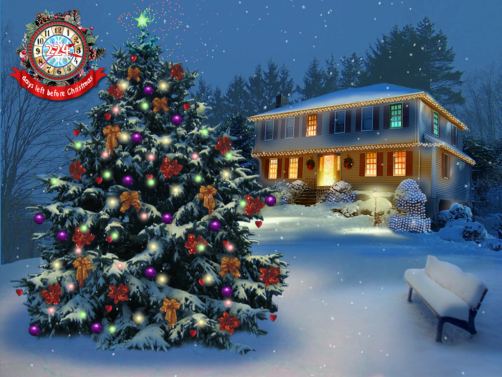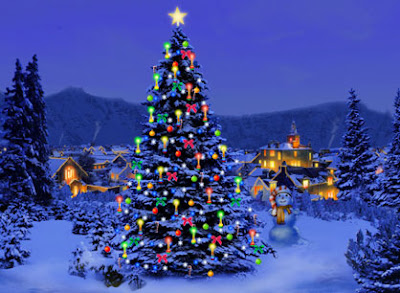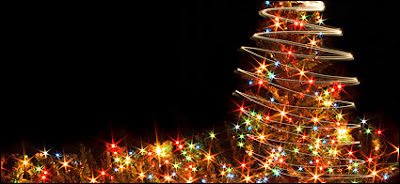
christmas tree :
The custom of erecting a decorated Christmas tree can be historically traced back at least as far as 15th century Livonia (present-day Estonia and Latvia) and 16th century Northern Germany. According to the first documented uses of a Christmas tree in Estonia, in 1441, 1442, and 1514, the Brotherhood of Blackheads erected a tree for the holidays[clarification needed] in their brotherhood house in Reval (now Tallinn).

christmas tree :
At the last night of the celebrations leading up to the holidays,[clarification needed] the tree was taken to the Town Hall Square where the members of the brotherhood danced around it.[9] In 1584, the pastor and chronicler Balthasar Russow wrote of an established tradition of setting up a decorated spruce at the market square where the young men “went with a flock of maidens and women, first sang and danced there and then set the tree aflame”.The Christmas tree became widely adopted by the Estonians themselves only in the 19th century.

christmas tree :
In the German Middle Ages, mystery plays at Christmas time within churches often featured an evergreen "Paradise tree" from which an apple was plucked. The first evidence of Christmas trees outside of a church is of the 16th century, with trees in guild halls decorated with sweets to be enjoyed by the apprentices and children. (A Bremen guild chronicle of 1570 reports that a small tree decorated with "apples, nuts, dates, pretzels and paper flowers" was erected in the guild-house for the benefit of the guild members' children, who collected the dainties on Christmas Day.) Soon after, they are seen in the houses of upper-class Protestant families as a counterpart to the Catholic Christmas cribs.

christmas tree :
In the 18th century they begin to be adorned with candles, which were expensive items. Only in the 19th century did they come into use more widely, often in schools and inns before they appeared in homes. A decisive factor in winning general popularity was the German army's decision to place Christmas trees in its barracks and military hospitals during the 1870-1871 war. Only at the turn of the century did Christmas trees again appear inside churches, this time in a new brightly lit form.

christmas tree :
While some take it that the Christmas tree is a Christianization of a pre-Christian winter rite,[12] in particular the Donar Oak and Saint Boniface, others see its origin in the "tree of Paradise" used as a prop in the medieval mystery plays that were given on 24 December, which as well as being Christmas Eve is in some countries the day of the liturgical commemoration and name day[13] of Adam and Eve. To suggest the Garden of Eden, a tree decorated with apples (to represent the forbidden fruit) and wafers (to represent the Eucharist and redemption) was used as a setting for the play. Like the Christmas crib, the Paradise tree was later placed in homes. The apples were replaced by round objects such as shiny red balls.

christmas tree :
The modern Christmas tree . . . originated in western Germany. The main prop of a popular medieval play about Adam and Eve was a fir tree hung with apples (paradise tree) representing the Garden of Eden. The Germans set up a paradise tree in their homes on December 24, the religious feast day of Adam and Eve.









